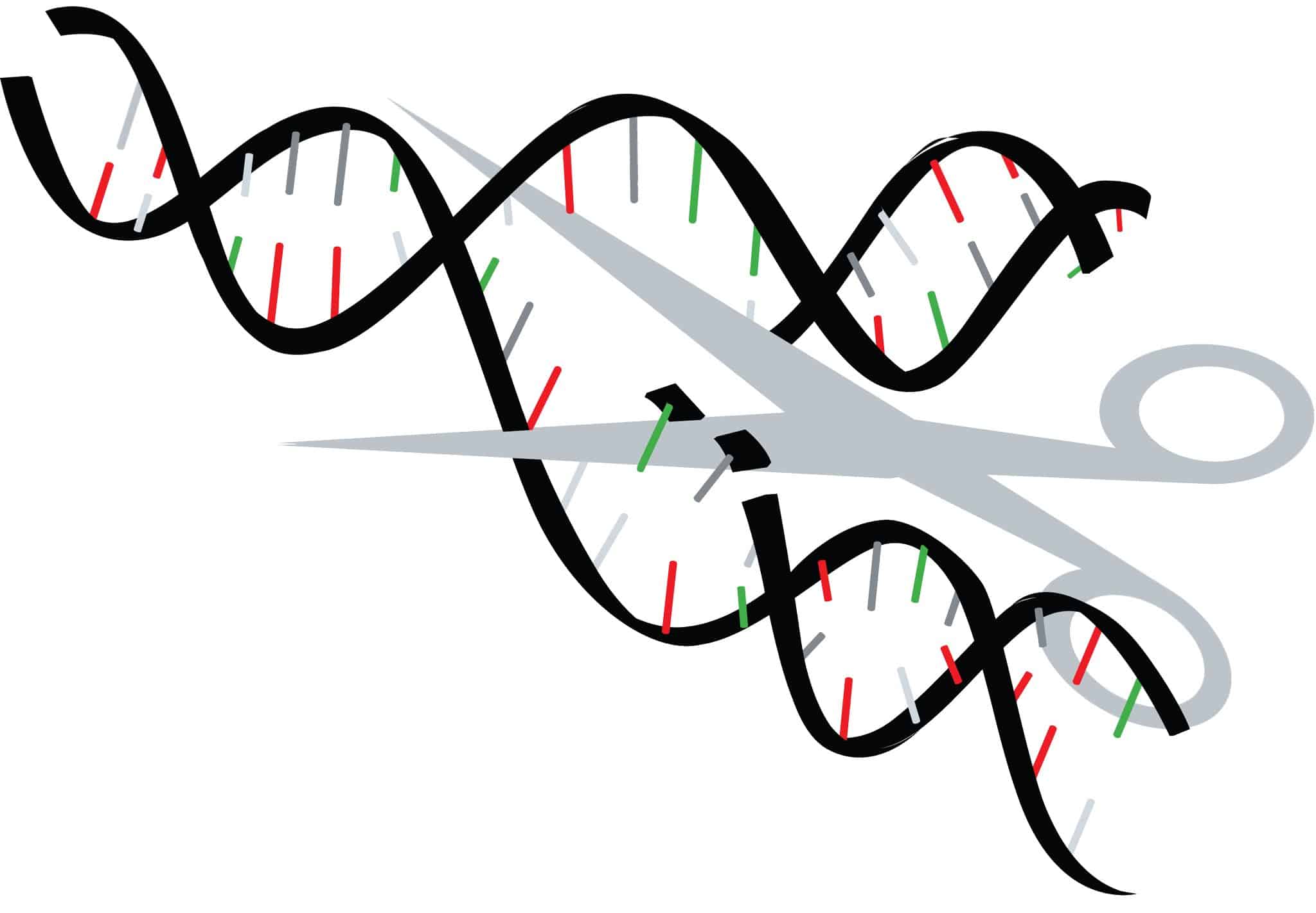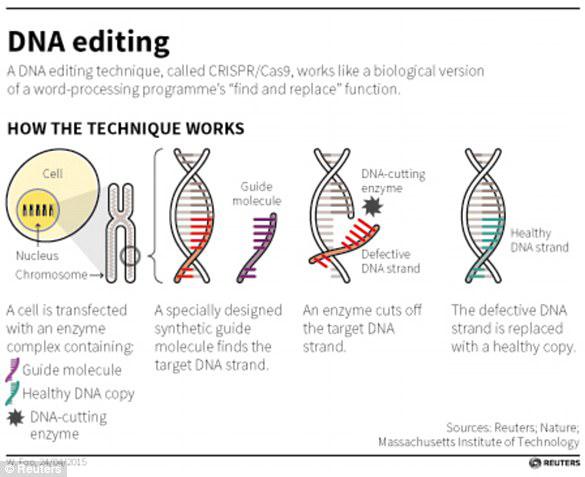Microsoft’s AI Tool to Tune up Gene Editing Accuracy
The CRISPR//Cas9 gene editing tool has quickly earned a reputation as a revolutionary technology, and its merits support the clout. There are multiple gene-editing “tools,” but CRISPR is by far the most cost-effective and precise. It works by injecting a DNA construct with three major components into a living organism. The components are the Cas9 enzyme that cuts or deletes a segment of DNA, a sequence of RNA that guides the Cas9 to the correct location to cut, and a new DNA template to repair the cut with.
But there’s the catch- despite targeting specific regions of DNA, the technique can sometimes affect other parts of the genome and cause off-target mutations.
Sometimes CRISPR accidentally edits DNA it isn’t supposed to, which can have devastating consequences for the patient involved.
While many scientists have looked at how this process can be improved, none have been successful so far. Microsoft thinks that artificial intelligence might be one way to do it. Working with computer scientists and biologists from research institutions across the U.S., the company has developed a new tool called Elevation that predicts off-target effects when editing genes with the CRISPR.
Elevation and a complementary tool for predicting on-target effects called Azimuth are publicly available for free as a cloud-based end-to-end guide-design service running on Microsoft Azure as well as via open-source code. Using the computational tools, researchers can input the name of the gene they want to modify and the cloud-based search engine will return a list of guides that researchers can sort by predicted on-target or off-target effects.
It also provides general feedback on how likely off-target effects are for the gene being targeted. The platform bases its learning both on Microsoft research and publicly available data about how different genetic targets and guides interact.
Nicolo Fusi, a researcher at Microsoft’s research lab in Cambridge, Massachusetts, and former Microsoft colleague Jennifer Listgarten, together with collaborators at the Broad Institute of MIT and Harvard, University of California Los Angeles, Massachusetts General Hospital and Harvard Medical School, describe Elevation in a paper published Jan. 10 in the journal Nature Biomedical Engineering.
“Our job,” said Fusi, “is to get people who work in molecular biology the best tools that we can.”
























